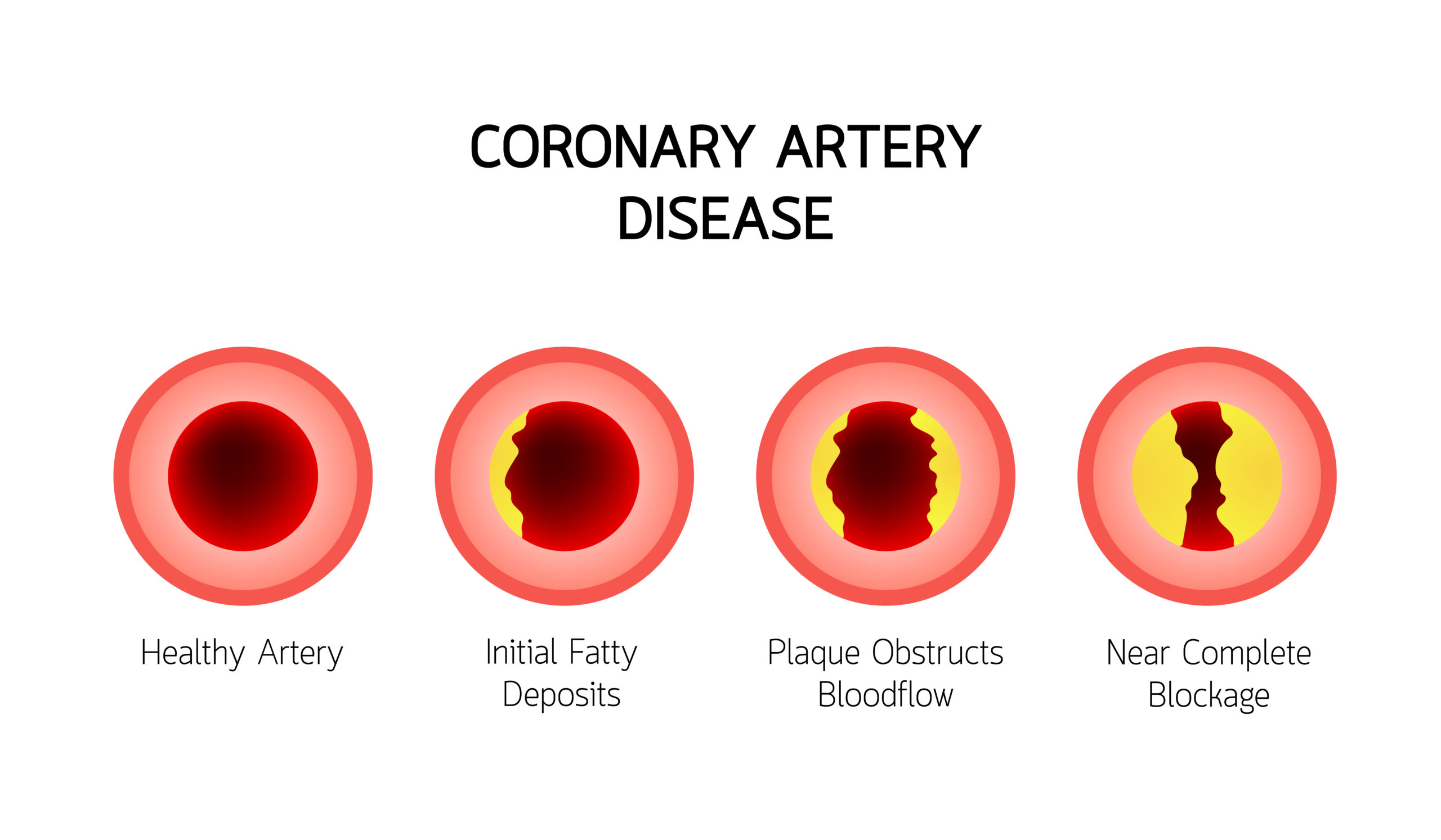
Researchers assessed the predictive value of post-systolic shortening (PSS) for early identification of myocardial dysfunction in patients with stable coronary artery disease (CAD). Using speckle tracking automated functional imaging (AFI), researchers, led by Shirui Lu, determined that PSS was an independent predictor for adverse events in patients with stable CAD with preserved systolic function.
Furthermore, the study’s report, published in Insights into Imaging, suggested that the prognostic value of of PSS could be “superior to [global longitudinal strain (GLS)] in patients with normal or mildly reduced GLS.”
The researchers recruited a total of 204 consecutive patients with stable CAD and a left ventricular ejection fraction (LVEF) of over 50%. Several patient parameters were analyzed with the AFI technique to assess the study’s composite endpoint, which included all-cause mortality, heart failure, myocardial infarction, and stroke.
Over a median follow-up duration of 24 months (interquartile range [IQR], 19–28 months), 30 patients (14.7%) reached the primary endpoint. According to the authors, the patients who experienced the endpoint “had a lower absolute global longitudinal strain (GLS), a higher post-systolic index (PSI), and more left ventricle walls displaying PSS than patients without events.” The team identified post-systolic index (PSI; hazard ratio [HR] = 1.15; 95% confidence interval[CI], 1.04–1.27; p = 0.005) and increases in the number of left ventricle walls with PSS (HR = 1.52; 95% CI, 1.21–1.91, p <0.000) as independent predictors of the composite endpoint. Comparatively, “GLS was not significantly associated with the endpoint after adjustment models,” and a “significant prognostic superiority” was observed in PSI compared to GLS in patients with absolute value of GLS over 15.4%.
Ultimately, the authors judged that post-systolic shortening was an effective prognostic factor in predicting adverse events in patients with stable CAD and preserved systolic function. Of clinical import is that the prognostic accuracy of PSS may be greater than current approaches for selected patients.







 © 2025 Mashup Media, LLC, a Formedics Property. All Rights Reserved.
© 2025 Mashup Media, LLC, a Formedics Property. All Rights Reserved.